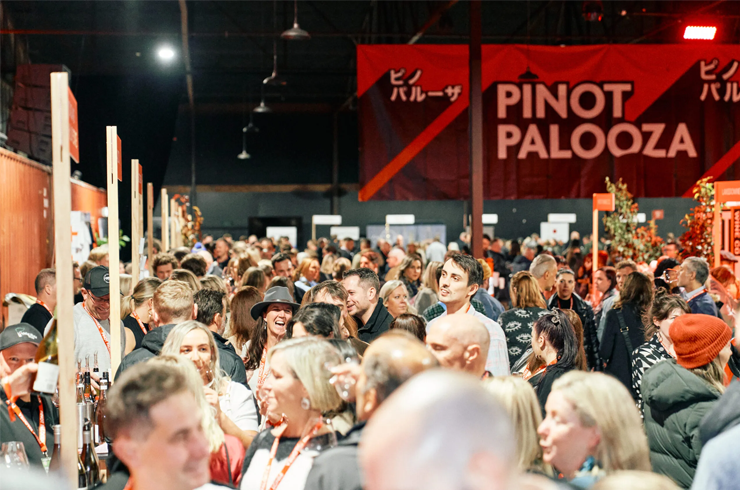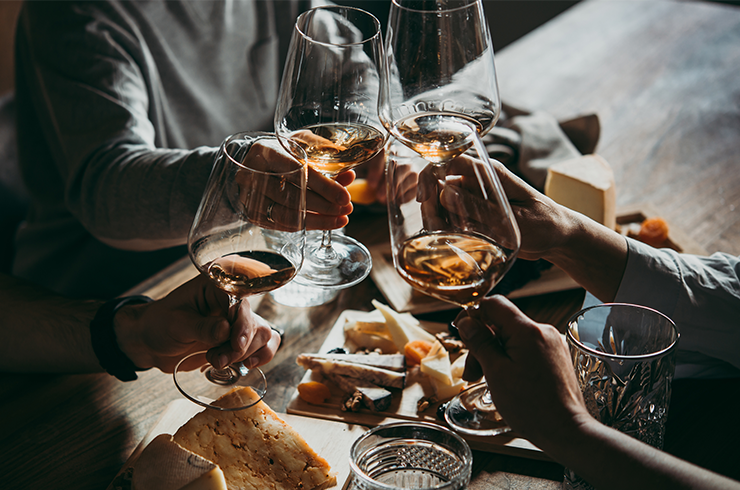Australian chardonnay's current state of play
After tasting several hundred excellent Australian chardonnays, all in the name of research and not in one day, came an epiphany. If the measure of a top producer is not only where they’re at today but where they are heading, then this superb wine, nay the greatest white of all time, is in good hands.
Homogenous chardonnay is long gone. Margaret River is as different to Tasmania, as much as Yarra Valley is to Beechworth, as each enjoys unique regional characteristics. It has morphed into a wine of place.
That’s the good news. The bad news, not all chardonnay is created equal.
So, it’s depressing reading Wine Australia’s stats about vintage 2024, highlighting the variety as topping the popularity charts. It makes me weep into my glass of Yarra Valley chardonnay.
For the first time since 2013, chardonnay overtook shiraz as the lead grape, up 31 per cent on the previous year, with a total crush of 332,643 tonnes, which represents 23 per cent of Australia’s total crush. However, statistics reveal little without analysis, and it’s limited within the report (an oversupply of shiraz is a major reason its crush is so low). Dig deeper and it reveals a perennial problem – too much chardonnay planted in the wrong places. It is not a warm or hot climate variety so having it inland, in irrigated regions the likes of the Murray Darling, the Riverland and the Riverina does no one any favours. Tellingly, 75 per cent of Australia’s entire crush fell to the 20 largest wineries. Much of the chardonnay produced in these regions is cheap, rarely cheerful, usually one-dimensional – and often sweet.
Australia's best regions for chardonnay
As a counterpoint, our finest producers are smaller, committed players. Those married to the variety for life, in the vineyard and winery, work mostly in cooler or more maritime climates ranging from Margaret River, Adelaide Hills, Henty, Geelong, Macedon Ranges, Beechworth, Tumbarumba, Mornington Peninsula, Gippsland, Yarra Valley and Tasmania with the occasional outlier such as Hunter Valley.
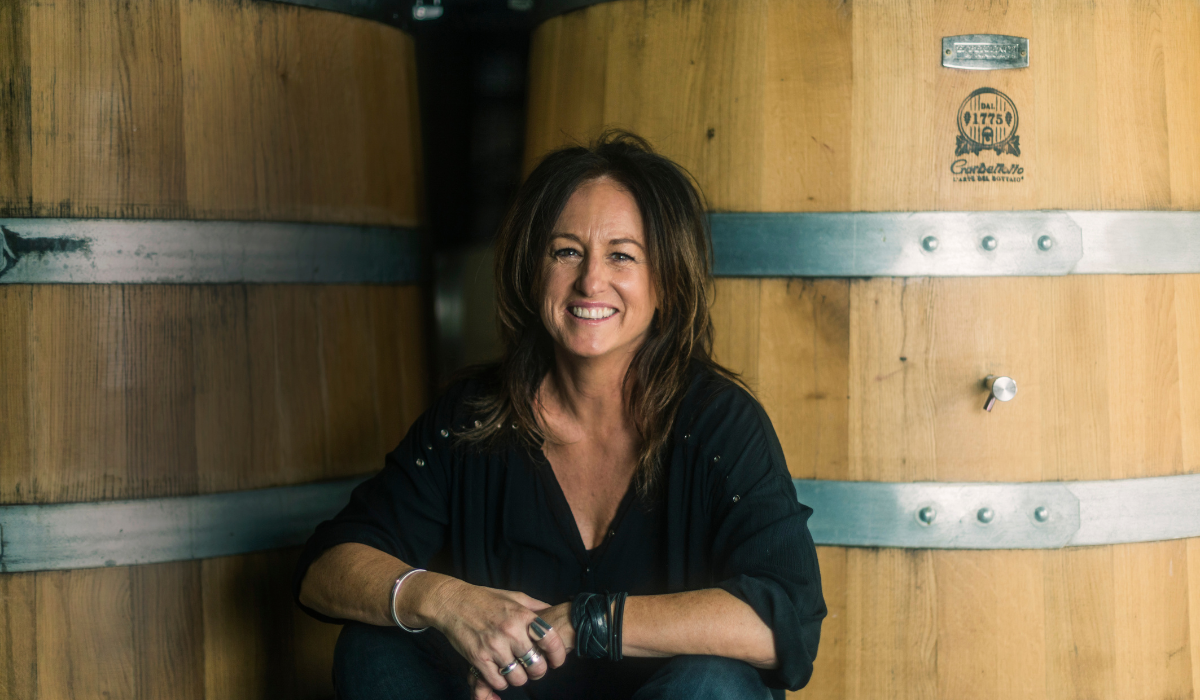
“Bulk chardonnay, cheap chardonnay makes me very sad and for Australia, too, because we are better than that,” laments Virginia Willcock, chief winemaker at Vasse Felix, who crafts some of the finest examples from the top tier Heytesbury through to the easy-appeal, more affordable yet quality driven, Filius.
“We need to pull as far away from broad, non-regional wine as much as possible,” she says. “Place is more important than brand and sure, it’s okay to have a global brand, but smaller producers represent place, and with region and place, there’s nothing in-between. That’s easy for consumers to understand. Margaret River is a perfect example. Heytesbury is a style of Margaret River first and foremost.”
In the last two decades or so, there’s been a higher level of skill and artistry in the winery from whole-bunch fermentation, the type of ageing vessel whether barriques, puncheons, foudres, ceramic eggs, concrete or a mix of those, opting for some or all or no malolactic fermentation, understanding the interplay of lees/juice solids, having natural acidity, appreciating phenolics and more. So, what’s the next phase?
“It’s going to get more focused. We’ve already reached a quality status and the great divide will be single vineyards, and complexity derived from little pockets of energy (disparate blocks) to separate them from the pack,” says Virginia.
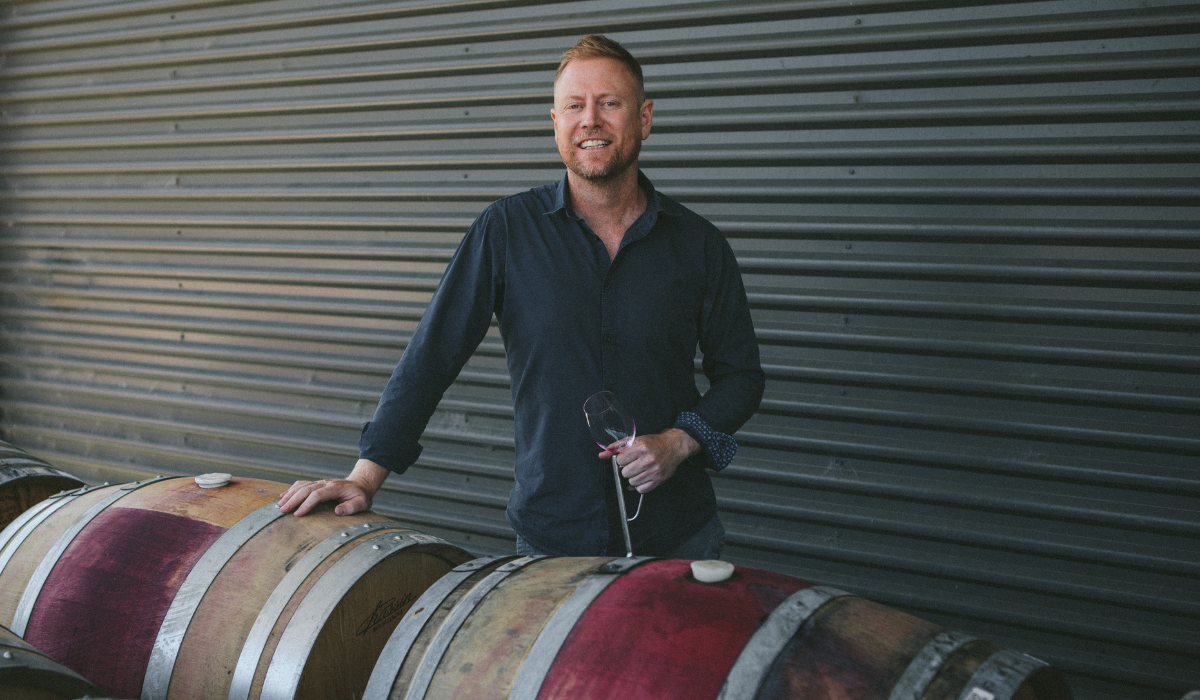
Characteristics of great chardonnay
Shaw + Smith, with Adam Wadewitz at the helm, understand this implicitly. Aside from making wine in the Adelaide Hills, Adam crafts Tolpuddle, the highly regarded Tasmanian vineyard established in 1988 that Martin Shaw and Michael Hill-Smith bought in 2011. Under their watch, Tolpuddle’s chardonnay has been off the charts. One of the most distinctive and superb fine wines charged with electrifying natural acidity.
Adam makes a disparate range of wines but loves chardonnay the most. Why?
“It’s the variety that does a lot of things well and it does show place, it does show house style, it shows vintage, and I would say it has longevity. They are all big-ticket items for me. The other side of it is the level of complexity you can get and one of its great attributes is its malleability.”
He says the evolution of Australian wine has been about technology and keeping everything spick and span in the winery but now there’s “the discovery that while not many vineyards are as good as Montrachet, there is a deeper understanding and respect of sites, where the best ones are, how we can grow the best grapes with the best planting material and so forth. That didn’t happen 10 years ago.”
High-density vineyards
While a deep dive for another day, top producers know they’re only as good as their vineyard, save to add, nothing beats the right site. One way to tease out maximum detail is with high-density (HD) plantings.
HD is a route Shaw + Smith are heading down as a point of difference. They bought land in Piccadilly, planted it in 2020 to two hectares of chardonnay and three of pinot noir, on two slopes, one south facing, the other north facing. It’s high and cool with 10,666 vines per hectare. It’s likely to be a game changer due to the concentration of flavour and detail that comes off HD vineyards, and in a shorter time frame.
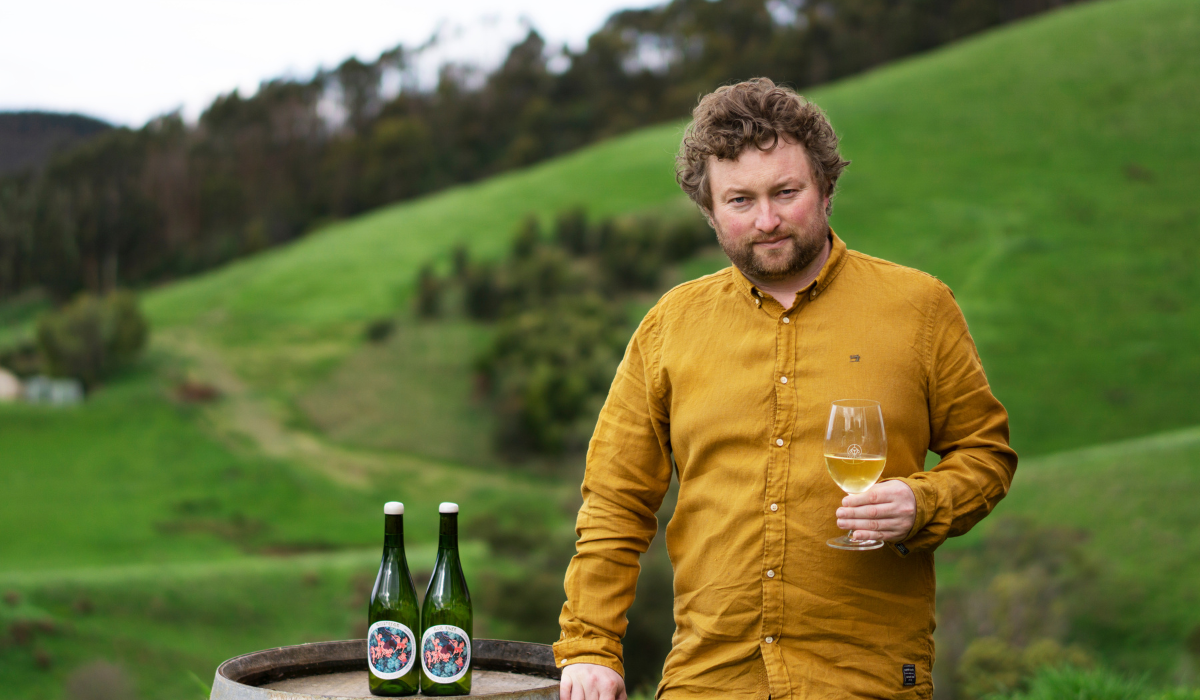
It’s something Patrick Sullivan understands. His HD vineyard at Ellinbank in Gippsland has been planned meticulously, posts fitted ready for vines to go in next year. Only chardonnay. The aim is four hectares between 11,000 and 16,000 vines per hectare. He is a firm believer in what HD will offer him long term – viability but importantly, a quality level, the X-factor. He chose the site specifically for its volcanic soils for it to be dry grown and farmed organically.
Patrick makes beautiful, compelling chardonnay. He has several tiers already, including Bull Swamp and Ada River, from fruit he farms at a property near Warragul.
“If you are going to do one variety, and we do it as good as anyone on the planet, there’s more potential to scratch. What kept pushing me is how chardonnay sits on the world stage, apart from the fact I like white wine, I just don’t think anything comes as close to chardonnay.”
It probably reveals a personal bias because chardonnay is hedonistic, it’s all about drinking pleasure.
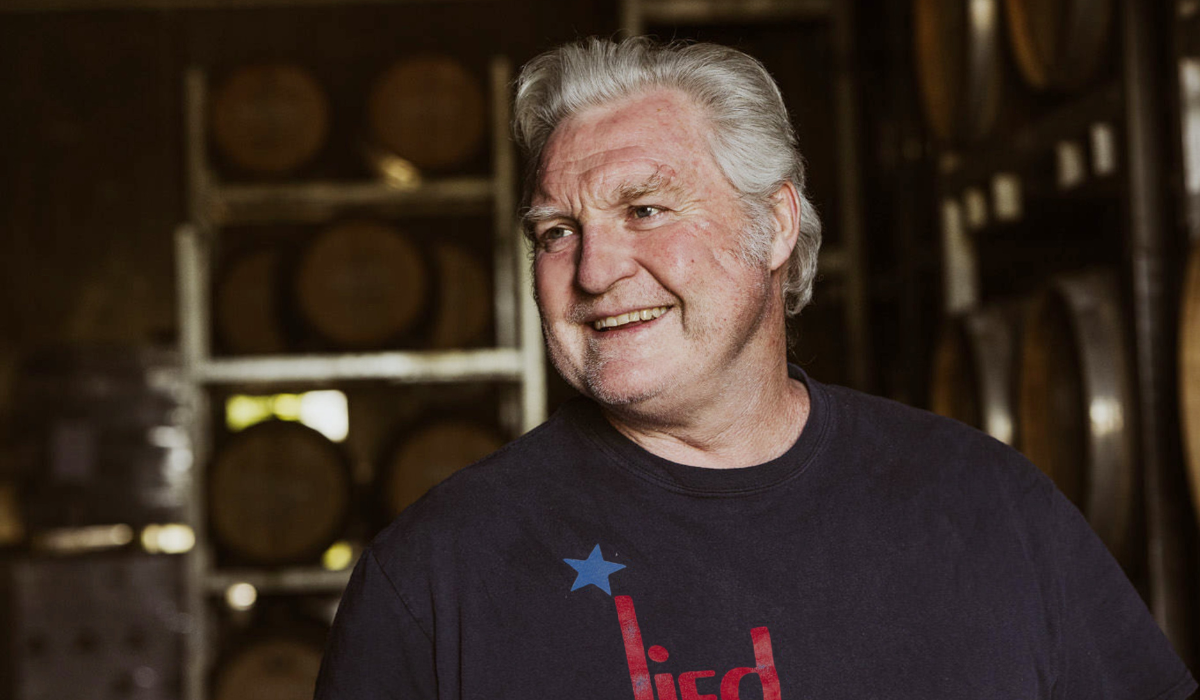
The importance of place
Those grower vineyards are etching up decent vine age, for example Willowlake, which is heading towards 50 years, Henk, which was planted in 2008, and Funder and Diamond planted in 1990, and agrees more attention has been paid and work done in the vineyards to extract more detail to the wines.
“We’ve been trying to work with chardonnay across the board to get more depth and weight into the wines without ripeness. My criticism of Australian chardonnay is we – doesn’t matter if it is us, Margs, Adelaide Hills or Mornington – have been getting it aromatically correct, they smell beautiful, but they often don’t have the power and grace of really top Burgundies.
“It’s a vexing thing for me. How do we get that detail of flavour and concentration and poise? We are edging closer each time and the 2022 is a step closer, to a degree, not quite there. One thing we don’t want to do at Oakridge is lose our house style, so it’s working out how to manipulate this (detail of flavour and so forth) without losing our identity. House style is of fundamental importance in fine wine whether it’s Burgundy or Bordeaux, Bindi or Tolpuddle. They all have a strong sense of identity.”
Ah, there’s the nub. Identity is inextricably linked to place.
While David is teasing out more complexity and palate weight by allowing his wines to spend extra time on lees, aiming for between 14 and 16 months, he also doesn’t want to rush the wine to market. It’s perhaps the biggest criticism because most top chardonnay is released way too young, a dilemma as it’s market driven. Wait, if you can.
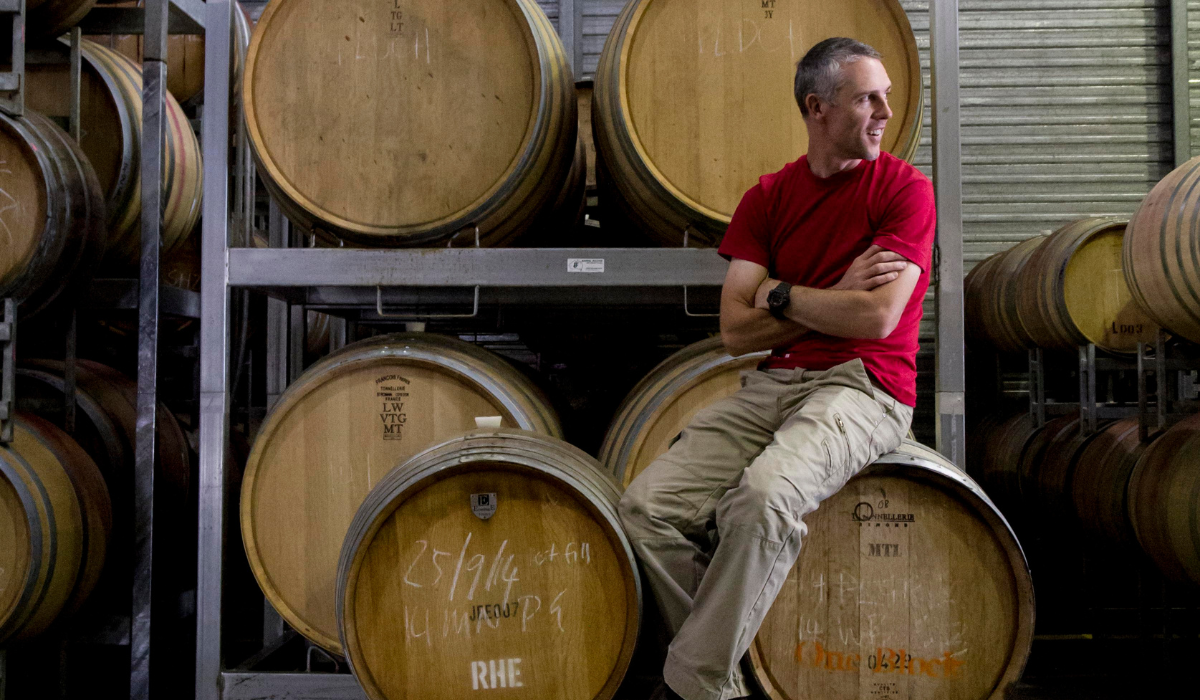
Mornington Peninsula: chardonnay's unsung hero
Now, while it’s impossible to highlight every region and person crafting excellent wine, one place missing out on the limelight is Mornington Peninsula. It’s puzzling.
“I think we’re often forgotten for top tier chardonnay because people think of us as more a pinot (noir) region and also, chardonnay is everywhere,” says Barnaby Flanders from Garagiste. “Not everyone will agree but the region is far better for chardonnay than pinot noir.”
Barnaby sources fruit from Tuerong, Balnarring, and off his main site the Merricks Grove vineyard which he farms as if his own. And following the theme of understanding sites better, it’s seen the biggest change in terms of quality.
“We have learned from past mistakes, pruning being a case in point. We prune differently to what we did 10 to 20 years ago. We’ve adopted Poussard (a specialised form of sap flow pruning, which encourages vine health), a softer pruning method for these nearly 30-year-old vines, at Merricks Grove.”
Such learnings have helped Barnaby in setting up a new two-hectare vineyard, also in Merricks. Dedicated to chardonnay and pinot noir, it’s a few years away from production and will no doubt be a wonderful addition to Garagiste, which makes some of the finest chardonnay on the peninsula, especially the flagship, Terre Maritime. And he’ll remain always honest to his cause.
“I am just trying to make delicious Mornington wines. Forget the endgame,” says Barnaby. “You can analyse chardonnay as much as you want, how it’s grown, where and how it’s made but really, it’s here to be enjoyed.”
This article appeared in issue #76 of Halliday magazine. Become a member to receive four issues of the magazine per year plus access to more than 175,000 tasting notes.




